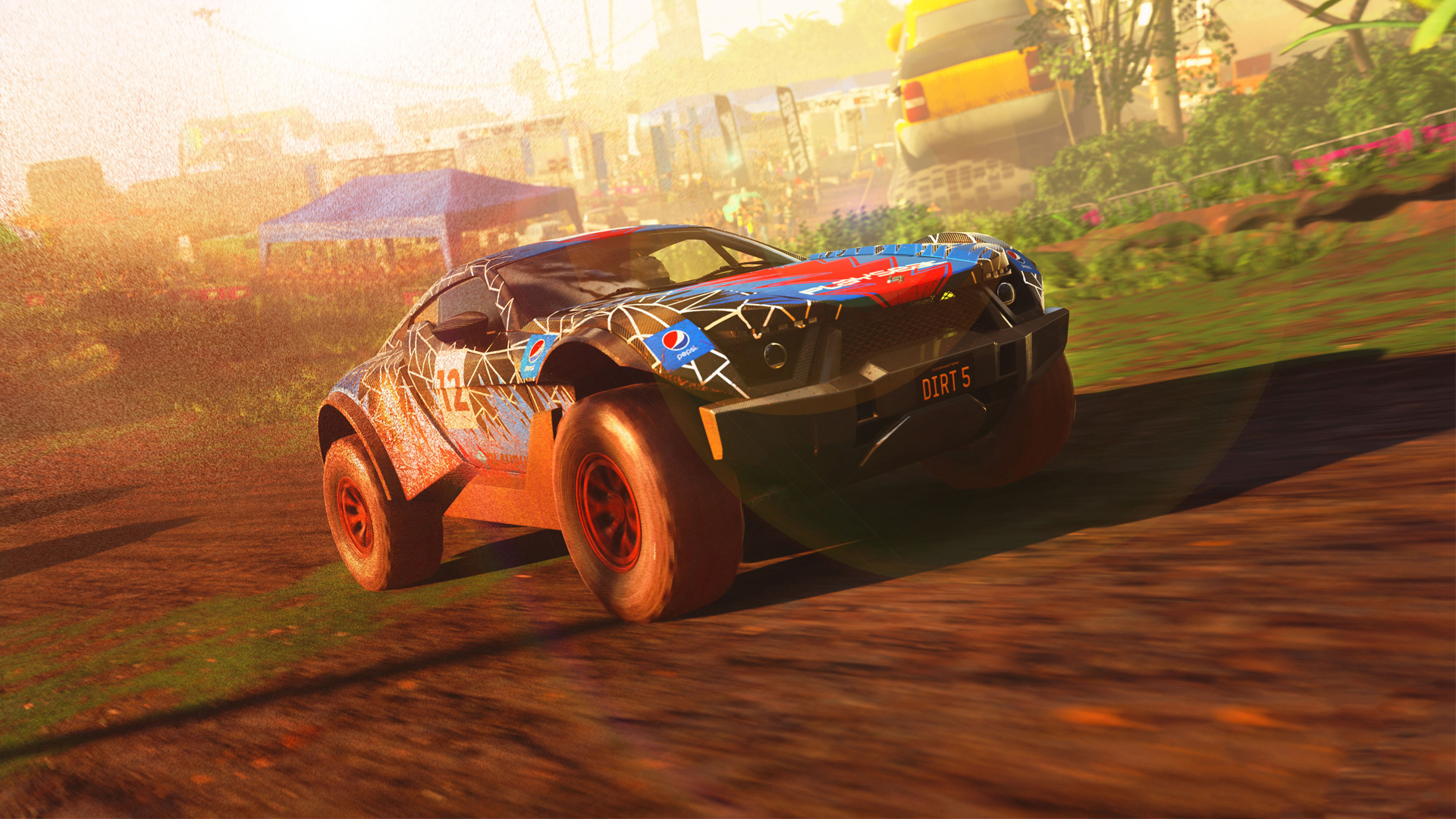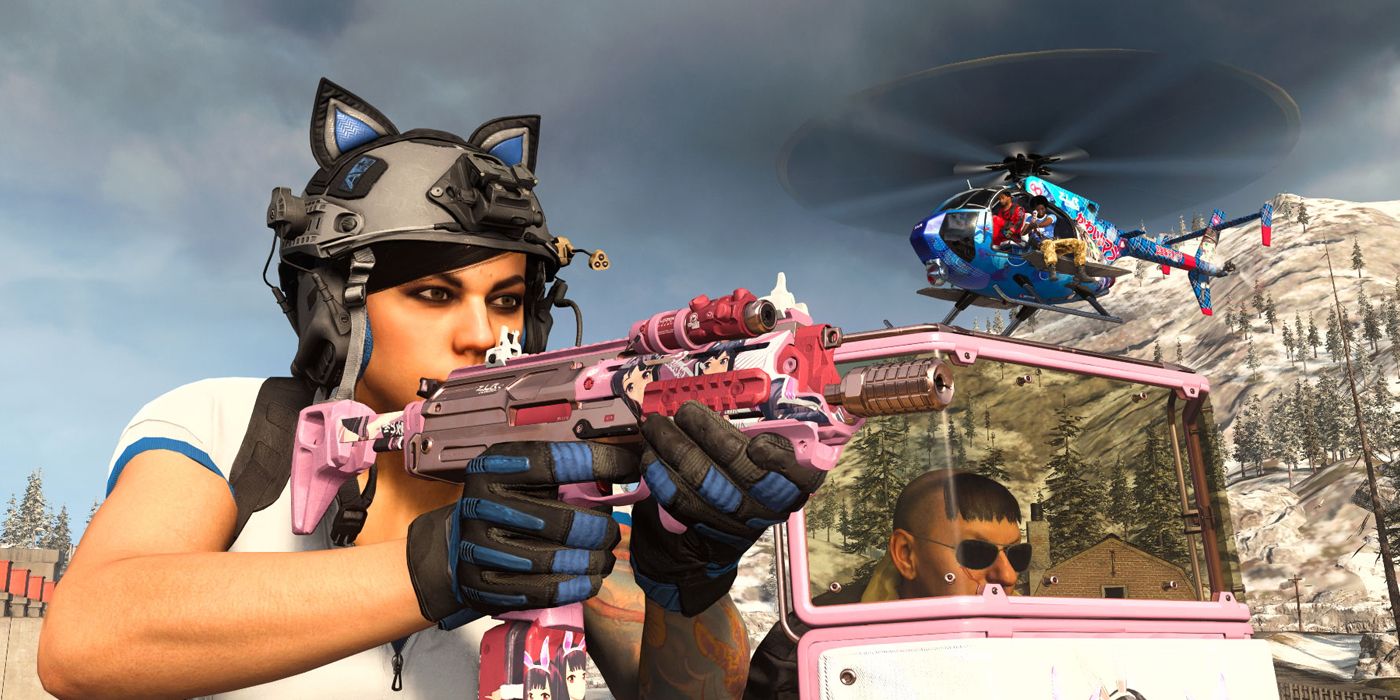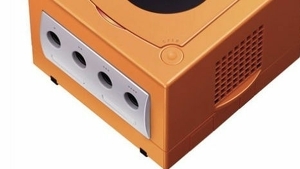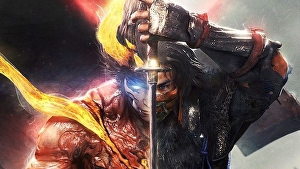
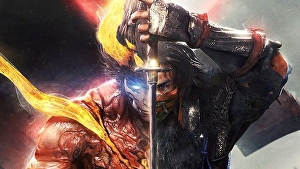
PlayStation 5's Nioh Collection sees Tecmo Koei bring together both of its PS4 epics into one single package complete with all downloadable expansions, offering up a huge amount of content. On top of that, the publisher also promises enhancements to the existing PS4/PS4 Pro releases, with both titles delivering allegedly native 4K modes, as well as support for 120Hz gaming. On top of that is a new 'PlayStation 5 standard mode' – effectively a quality mode targeting the capabilities of the new hardware for a significantly upgraded experience. So how does it all pan out, and what kind of improvement are we looking at compared to the existing PS4 Pro version – which offers 4K, high frame-rate support of its own It's an interesting question to answer because fundamentally, the older renditions of Nioh on PS4 Pro offered a great degree of flexibility with their own performance and quality modes and as they leaned heavily into unlocked frame-rates and dynamic resolution scaling, you can already get an upgraded experience from the existing games simply by running them under backwards compatibility on the new Sony platform.
However, these are remasters and while the upgrades are hardly night and day improvements, they are substantial. For starters, Tecmo Koei has stripped out the somewhat dodgy checkerboard rendering from the PS4 Pro version (which possessed issues including obvious aliasing and double-width transparency effects), opting for native resolution rendering on PlayStation 5. Don't misunderstand us here – checkerboarding can look impressive, but Nioh's implementation wasn't particularly good, so the move to native rendering does deliver a boost to image quality you won't get from back-compat. Secondly, in Nioh 1 at least, 4K mode delivers just that, with just a hint of dynamic resolution scaling, while the PS5 standard mode ramps up settings but expands the DRS window, meaning 1800p and potentially even lower resolutions may be possible.
And then there's the 120Hz mode: resolution drops, but the improvement to input lag and visual response is truly impressive – for Nioh 1, it's my favourite way to play, especially as the detail level (beyond pixel count) looks comparable to the other modes. I'd dig into the video for a more detailed breakdown of how the various rendering variations stack up in terms of specific example, but think of this as a content-complete, more refined version of a truly excellent PS4 game and you'll understand how I rate it so highly.
